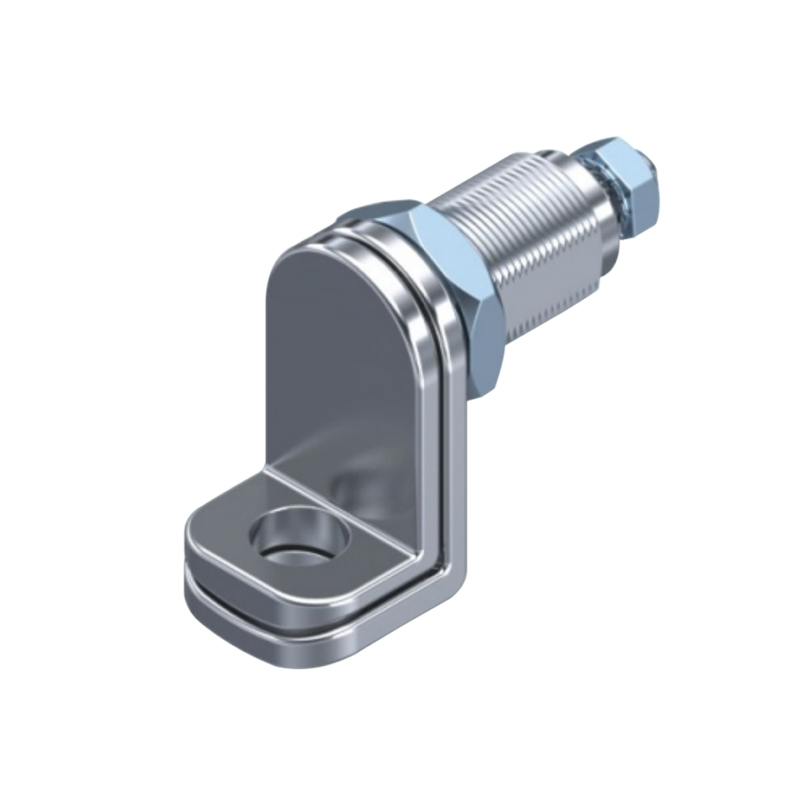Compression locks, as a mechanical device that uses pressure for locking and adjustment, play a key role in industrial equipment, smart homes, automotive manufacturing and other fields.This significance arises from their compact structural design and stable locking performance. Their core functions are centered on "controllable compression" and "secure locking," and they meet diverse application requirements through precise force adjustment.

This function employs a beveled cam or threaded configuration. Through such a structure, axial force is converted into radial locking force via mechanical transmission. It enables stepless adjustment of locking force within the range of 0 to 5000N. When subjected to vibration or temperature fluctuations, the lock automatically compensates for clearance. This compensation ensures that connected components do not loosen. It is particularly suitable for securing shaft ends in high-speed rotating machinery.
The compression lock is integrated with a one-touch release mechanism. In emergency scenarios, this mechanism achieves lock release within 0.3 seconds. Compared to traditional bolted connections, this reduces disassembly time by 80%. During the reset process, the lock automatically calibrates the initial pressure value. This calibration ensures that the repeatable locking accuracy is ≤±2%.
A built-in pressure sensing component is incorporated into the compression lock. When the load exceeds the preset threshold, this sensor activates a slipping mechanism. The slipping mechanism prevents component damage caused by overpressure. A heavy machinery maker ran tests. They found something. Transmission parts with compression locks broke down 65% less often.
| Application Field | Typical Application Scenarios | Core Function Manifestation |
| Industrial Automation | Fixed joints of robotic arms | Dynamic pressure locking, adapting to high-frequency movements |
| Smart Home | Adjustment of lifting table brackets | Quick release and reset for convenient height adjustment |
| Automobile Manufacturing | Locking of seat slides | Overload protection to prevent component deformation during severe collisions |
In the smart home sector, height-adjustable tables integrated with compression locks offer stepless height adjustment within the range of 30 to 120 cm. When in the locked state, these tables can sustain a load of up to 150 kg without undergoing deformation. In the automotive industry, the application of compression locks in seat rails improves adjustment smoothness by 40%. Simultaneously, it reduces the incidence of squeaking and creaking noises.
In line with the trend toward lightweight design, compression locksare undergoing material upgrades to aluminum and titanium alloys. This upgrade achieves a 30% reduction in weight while maintaining the same level of locking force. Later on, smart compression locks will connect with IoT technology. They’ll let people check pressure from far away. This checking gives data to help fix equipment. It makes these locks useful in more places.

